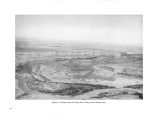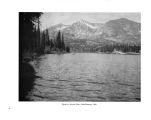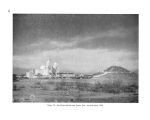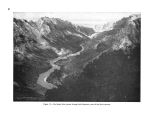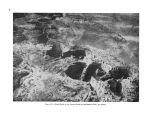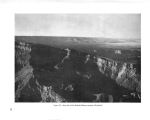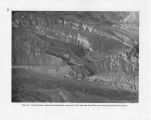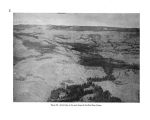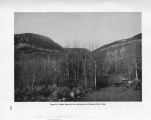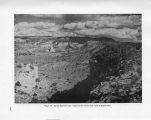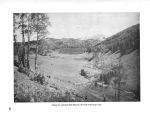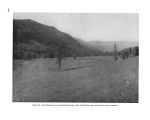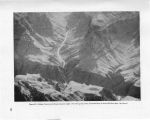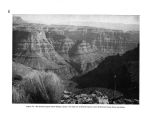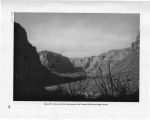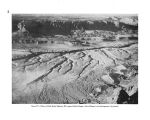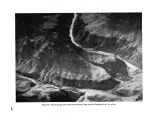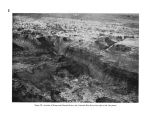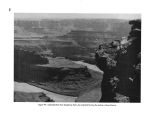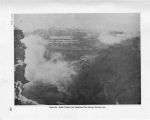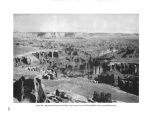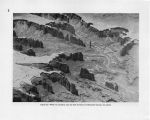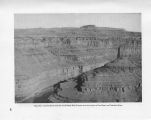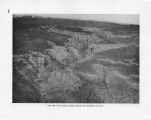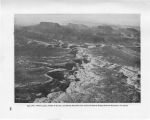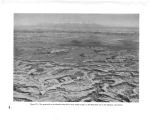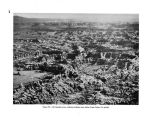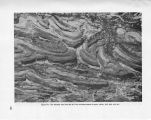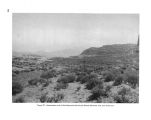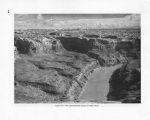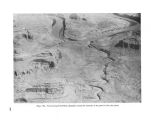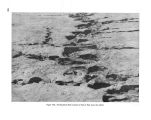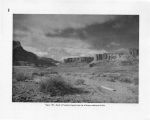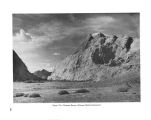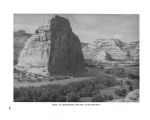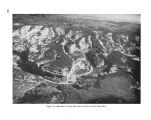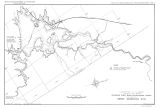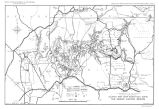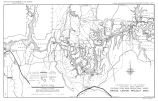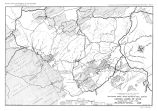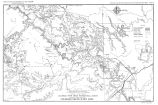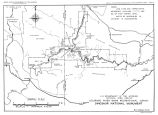| OCR Text |
Show ing areas, of the Hohokam are certainly traceable to a southern parentage. All of this adds up to the fact that the Hohokam were not only creators of culture but that they also assimilated what came to them from other peoples, provided it was something they wanted. In dating the stages of the Hohokam development, the archeologists have been able to employ the tree- ring system only in the most indirect way. Tree- ring dating has been most successfully applied to the Anasazi Culture in favored places in the Upper Sonoran and Transition Zones because it was here that the suitable trees, used in the process, grew naturally and were used as architectural material by the natives. Trade connections between Hohokam and Anasazi are seen in the interchange of pottery. Pottery of northern origin, dated in the Anasazi area by tree- rings to periods from the sixth century to the thirteenth century, aids in reaching a conclusion as to the age of Hohokam ruins. On the basis of much evidence of this sort, the Hohokam are known to have occupied the Gila- Salt Basin from near the beginning of the Christian era to the fifteenth century. Figure 41.- Salado breechcloth- diamond twill weave- about 1350 A. D. An important event in the final century of this time span was the arrival of the Salado tribe from the northeast. These were a pueblo- dwelling people, and as the consequence of some far- reaching changes in the Anasazi area of the fourteenth century, they moved south and wTest to join ranks temporarily with the Hohokam. They introduced a new architectural form, already mentioned; the custom of extended inhumation ( burial, uncre- mated, lying on the back); several new kinds of pottery, and other material elements; and perhaps a different social and political system, too. But the mingling of these two different tribes, as far as we can see it at this late date, was on a friendly plane of mutual assistance, underlined by the fact that during this time the canal systems appear to have reached their greatest areal development. This expansion and the increased task of maintenance must have been cooperatively achieved. Figure 42.- Salado yucca fiber sandal. While the main group of Hohokam along the major rivers were enjoying the security of an abundant agricultural life, related people in the desert to the south of them were living a much more precarious existence. These we may call the Desert Hohokam. Their area provided them with little surface water, least of all running streams which could be turned to irrigation. The result was an extremely limited agriculture, restricted to a few favored spots, and a much heavier reliance upon native foods which fortunately were available in the desert. The history of this branch of the Hohokam is only now being determined, but it can be said that culturally they lagged far behind their kinsmen to the north along the rivers, and that after 1400 they, too, seem to disappear from the record. Despite this gap, the modern Papago In- 88 |




























